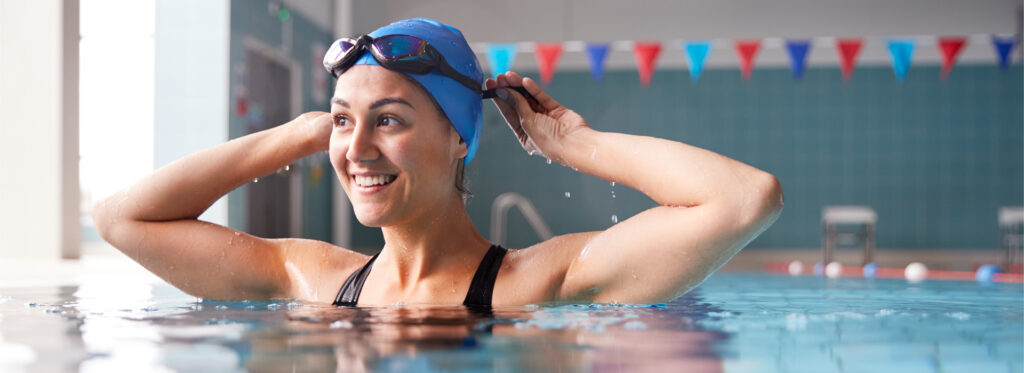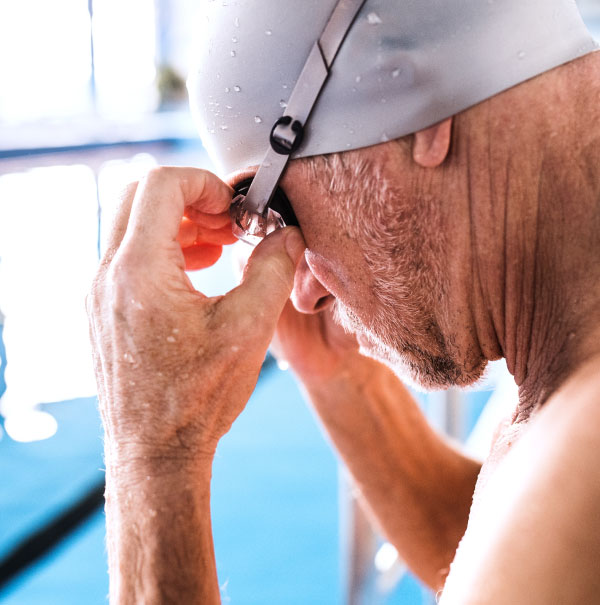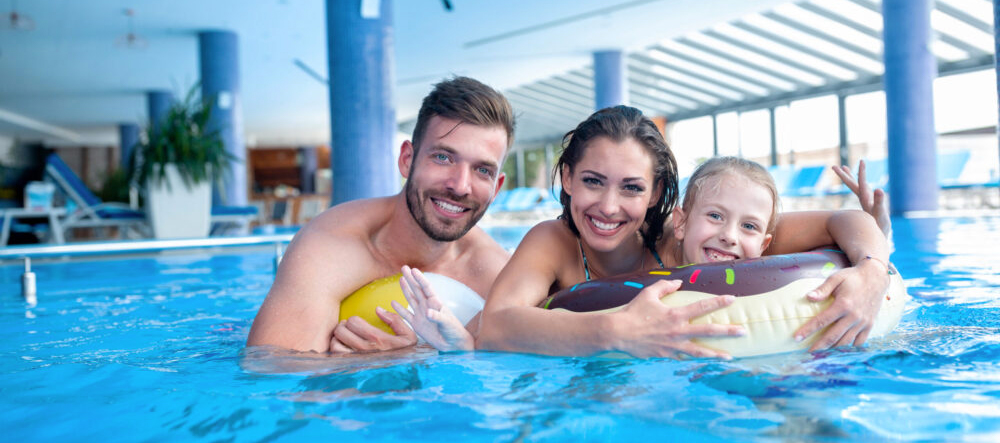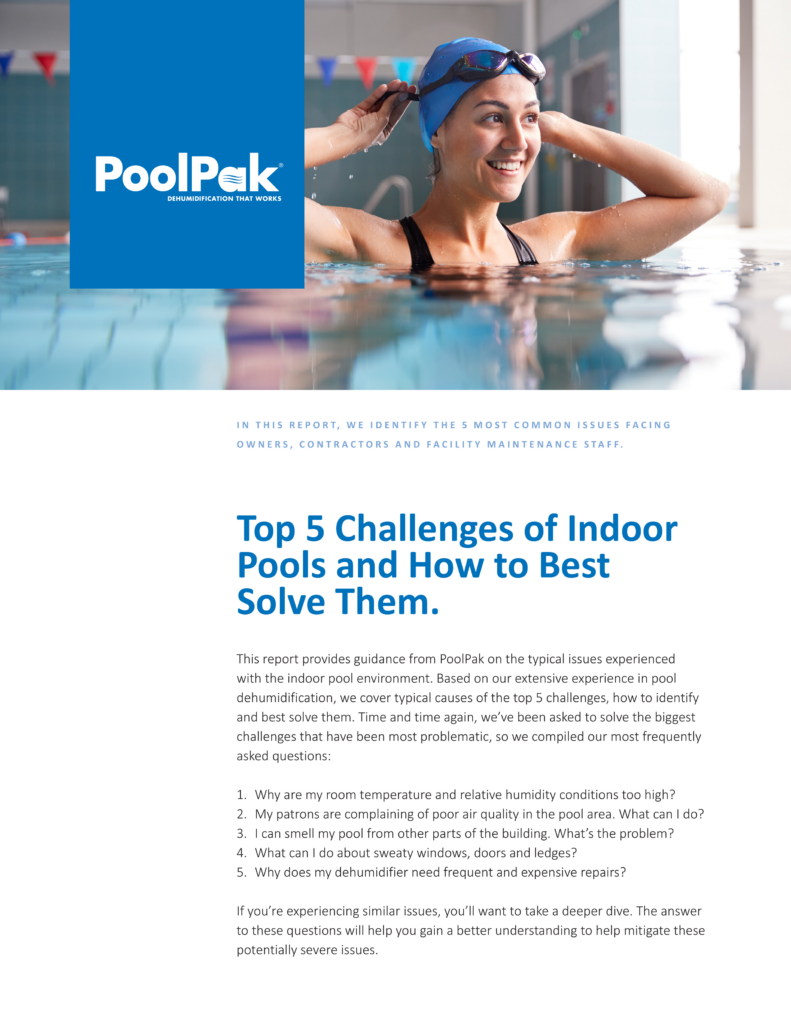
Time and time again, we’ve been asked to solve the biggest challenges with the indoor pool environment. Based on our extensive experience in pool dehumidification, we’ve identified the top five challenges of indoor pools, their typical causes, and how to best solve them.
Here’s challenge number two…
Patrons Complain of Poor Air Quality

Having good indoor air quality (IAQ) at your indoor pool isn’t optional. It has a direct impact on equipment and building longevity, as well as the comfort, health and safety of your patrons and employees.
Although pool room air will always have a degree of corrosivity, due to the presence of moisture that is
usually laced with gases derived from the chlorinated water, the true fact of the matter is that great IAQ is
absolutely possible if the right steps are taken.
When an indoor pool possesses good IAQ, patrons will want to come back to that facility next time they are in town — even if they didn’t 100% put their finger on why they enjoyed that particular pool so uniquely.
What Causes Poor IAQ in Pools?
There are a number of possible causes for poor air quality in pools. Any one of them on their own will lead to issues.
One of the most basic is air distribution. The best quality air in a pool comes directly out of the dehumidifier. This air needs to be distributed down to where the patrons are on the deck and in the water. Without getting good air in the breathing zone, the IAQ will suffer and exacerbate an unhealthy and potentially hazardous environment.
Note that for the most part, people are breathing anywhere between the water surface — which is much lower than in a regular room — and 7 feet above the deck, approximately the height of a very tall human. Air must circulate at the deck level and across the water surface. In addition, the HVAC system must blend in the correct amount of outdoor air according to codes, plus the grilles/diffusers must have sufficient throw distance to direct air where it needs to go.
You should be able to feel the supply air a little on your head when you stand on the deck, but it’s also important to not create a strong draft as that will chill patrons coming out of the water.
Avoiding Condensation is Critical to Asset Protection
The air distribution must also address areas of potential condensation, like exterior windows, skylights and fire doors. They need to have the warm air blanket them fully to avoid condensation. This fact is often missed because designers forget that these surfaces are more likely to create condensation than in a regular room, due to the pool’s heightened dew point condition. Avoiding condensation is critical to asset protection, because the droplets that collect on windows and ledges can be corrosive and will lead to degradation where it occurs.
Another aspect of air distribution is providing ventilation to move harmful gases away from the surface of the water. These are a major cause of poor air quality in pools. The main type is trichloramine.
Trichloramine is a type of combined chlorine created through reactions between chlorine and contaminants in the water that contain ammonia. Many of these contaminants are introduced to the water by swimmers. Some examples are sweat, urine, body oils, makeup, deodorant and dirt. When the introduction of these contaminants outpaces the introduction of free chlorine, the chlorine reacts with them instead of fully oxidizing them. As a result, the chloramine levels in the water increase. Trichloramine rapidly off-gasses from the water and causes that signature “chlorine smell” of pools. A slight smell can water your eyes, while a strong one can drive patrons away from your pool, while also
accelerating damage to the building envelope due to their corrosivity.
The Two Keys to Ensuring Good IAQ
There are two key aspects of ensuring good IAQ:
- The reduction, control, and elimination of chemicals off-gassing. Indoor pools can reduce contaminants entering the water and resulting trichloramine by encouraging patrons to shower before swimming and to avoid urinating in the water. Technologies like UV water treatment and even special exhaust systems are available to minimize the issue as well.
- Having an air distribution system that supplies sufficient air to the breathing zone, including across the water surface.

Achieving good pool room IAQ isn’t just relevant to new pools being designed and built; it is also of critical importance to existing facilities. If your existing indoor pool is experiencing IAQ issues, there are likely some cost-effective strategies you can take to improve the air — and along with it, improve the experience you provide your patrons while also protecting the facility investment.
